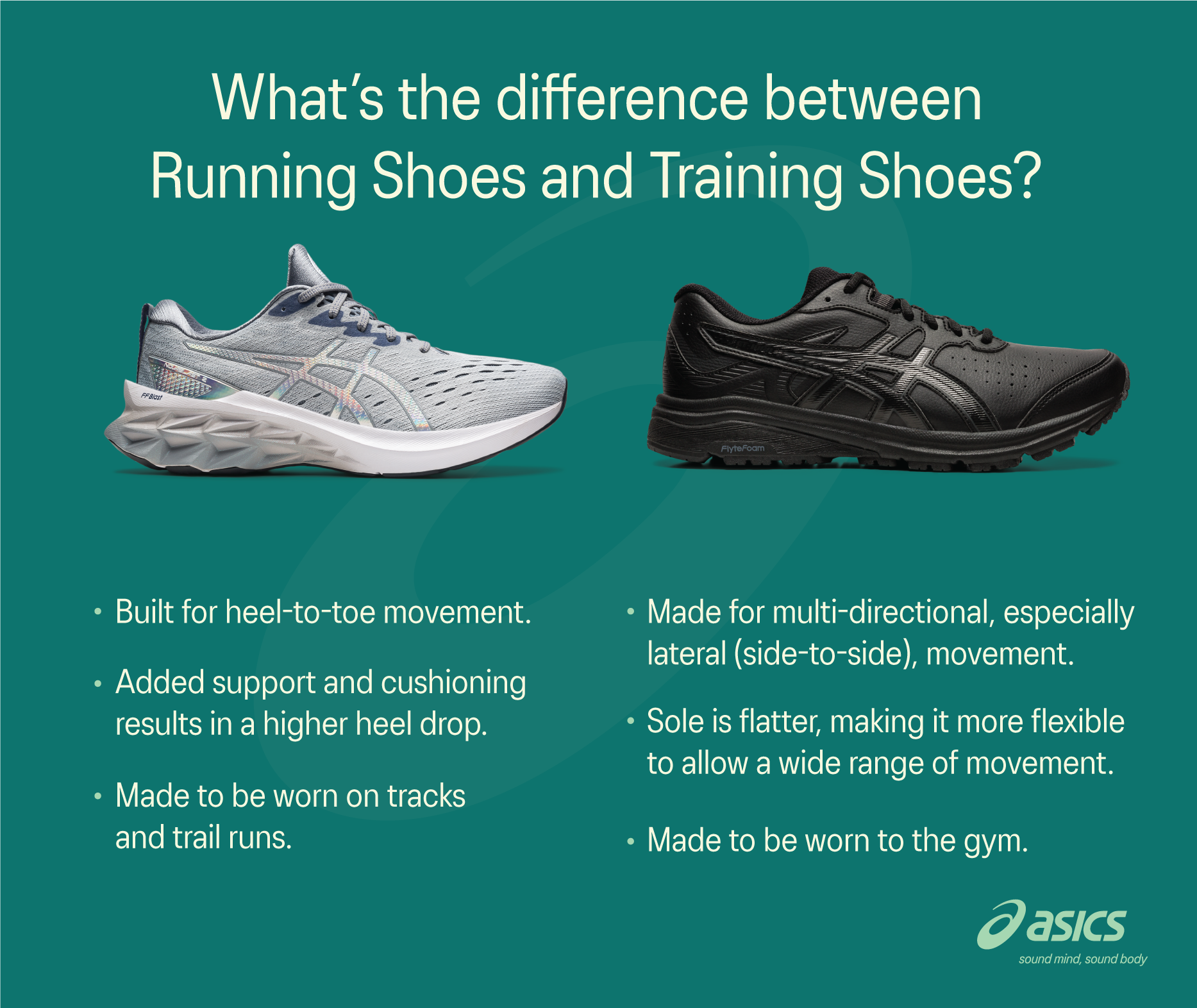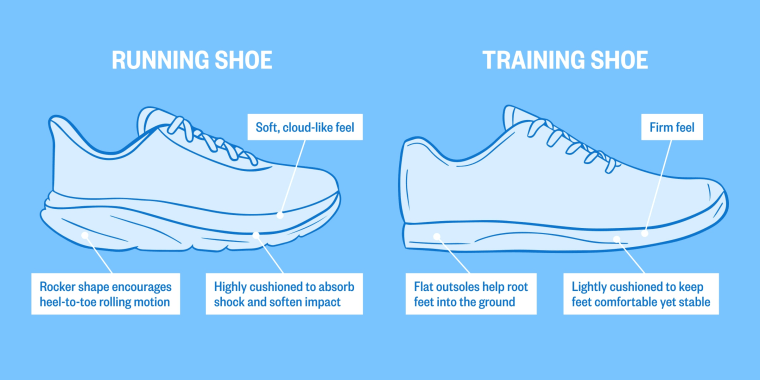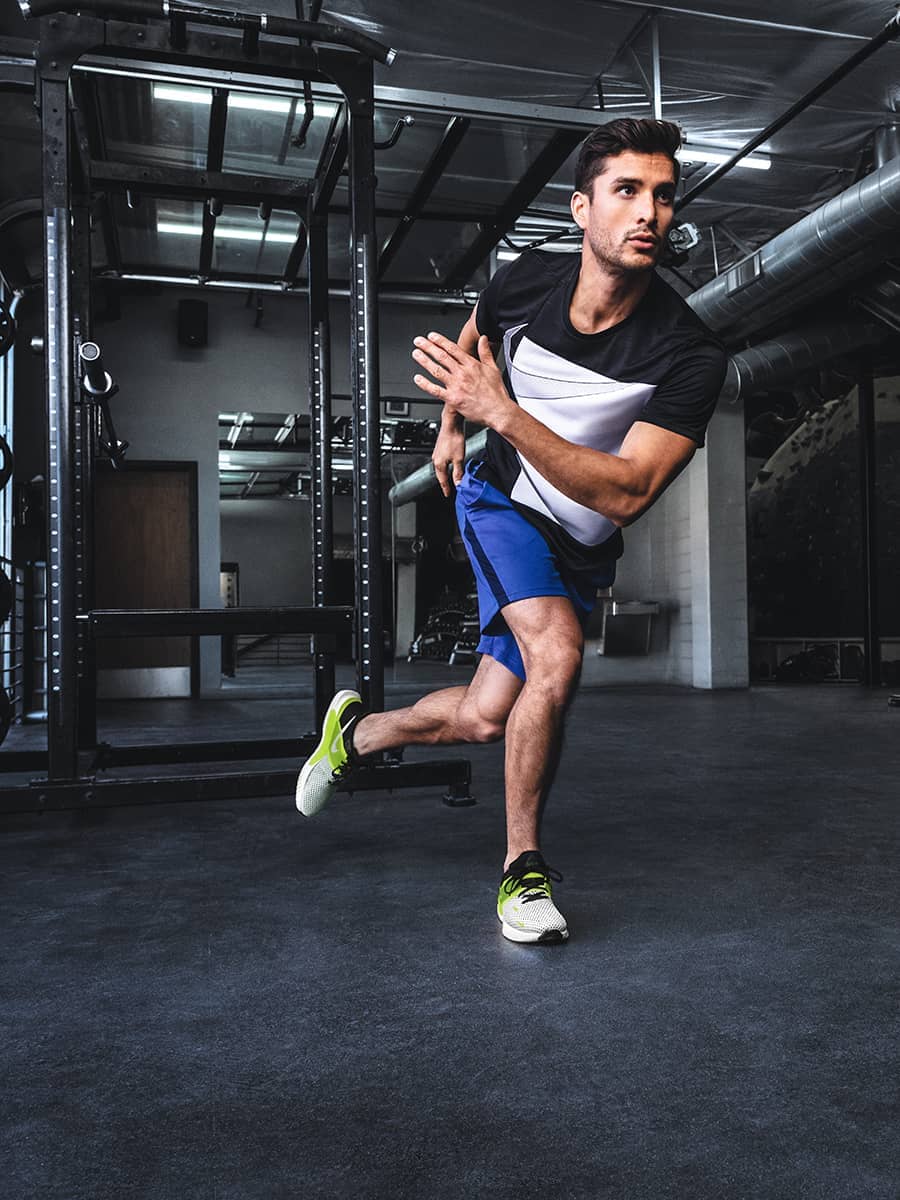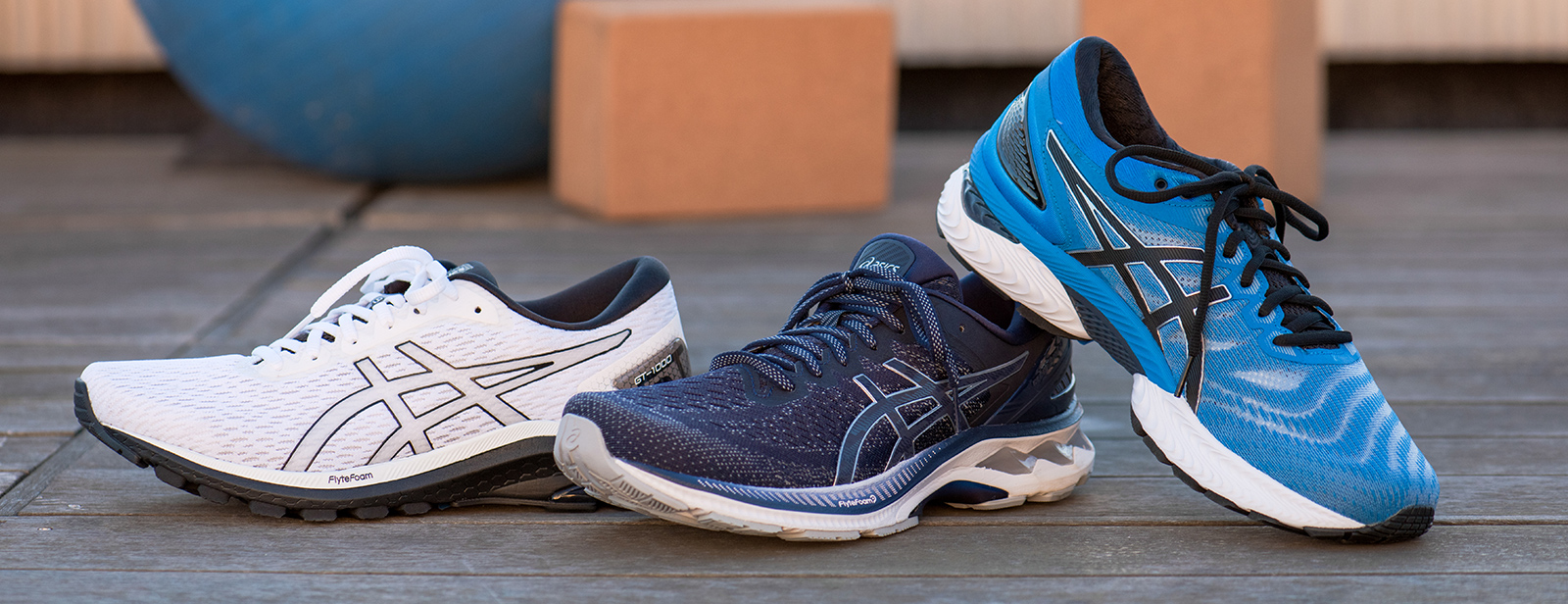When it comes to footwear, there’s an overwhelming number of choices available, especially in the realm of athletic shoes. Training shoes have carved out their niche in this vast market, but what exactly are they used for? In this comprehensive guide, we will delve into the world of training shoes, exploring their purposes, benefits, and comparisons with other types of athletic footwear. We’ll also share real-world experiences, case studies, and tips to help you make informed decisions for your training needs. Whether you are a fitness enthusiast, a fashion lover, or a footwear professional, this article is tailored to enhance your understanding of training shoes.
What Are Training Shoes?
Training shoes, often referred to as cross-training shoes, are designed for versatile fitness activities. Unlike running shoes, which are specifically made for running, training shoes provide the support and stability needed for a variety of exercises, including weightlifting, aerobics, and high-intensity interval training (HIIT).
Key Features of Training Shoes
- Stability: Training shoes offer superior arch support and lateral stability, making them ideal for dynamic movements.
- Durability: Built to withstand rigorous activities, they are often reinforced in high-wear areas.
- Flexibility: These shoes allow for a wide range of motion, essential for exercises involving squats, lunges, and jumps.
- Cushioning: While not as heavily cushioned as running shoes, training shoes provide adequate shock absorption to protect your feet during high-impact workouts.

Types of Training Shoes
Understanding the different types of training shoes available in the market can help you choose the right pair based on your fitness lifestyle.

1. Cross-Training Shoes
These shoes are designed for various workouts, from weightlifting to cardio. They often feature a flat sole to provide stability during lifting.
2. Weightlifting Shoes
Weightlifting shoes typically have a raised heel to assist in maintaining proper posture during lifts. While they fall under the training shoe category, they are more specialized for those focused solely on strength training.

3. Agility Shoes
Made for speed and quick foot movement, these shoes are lightweight and designed for sports that require rapid lateral movements.
Comparison Table: Training Shoes vs Other Athletic Shoes
| Feature | Training Shoes | Running Shoes | Walking Shoes |
|---|---|---|---|
| Support | High lateral support | Focus on forward motion | Moderate, focused on cushioning |
| Cushioning | Moderate cushioning | High cushioning | High cushioning |
| Weight | Varies, generally lighter | Lightweight | Heavier than running shoes |
| Versatility | Very versatile | Less versatile | Less versatile |

Benefits of Wearing Training Shoes
Investing in a good pair of training shoes can significantly enhance your workout experience. Here are some of the primary benefits:

Enhanced Performance
Training shoes are designed to support a wide range of activities, which can help you perform better in your workouts. Whether you’re lifting weights or doing cardio, the right shoes can enhance your performance.

Injury Prevention
Wearing the right training footwear can mitigate the risk of injury. With proper arch support and cushioning, training shoes reduce stress on your joints and tendons.

Comfort
Comfort during exercise is crucial. Training shoes are often designed with breathable materials that keep your feet cool and dry, allowing you to focus on your workout rather than discomfort.
Real-World Footwear Experiences
Case Study: Using Training Shoes for HIIT Workouts
A study conducted at a fitness center in New York City involved participants who wore different types of shoes during high-intensity interval training. Those who used cross-training shoes reported fewer injuries and improved performance in terms of speed and agility compared to those wearing running shoes. This proved the importance of selecting the right footwear for specific workout types.
Customer Reviews: Popular Training Shoe Brands
- Nike Metcon: Highly rated for stability and versatility, making them a favorite among cross-trainers. Users appreciate their grip and durability.
- Reebok Nano: Designed specifically for cross-training, they feature excellent flexibility and a comfortable fit, receiving positive feedback from fitness enthusiasts.
- Adidas Ultraboost: While primarily a running shoe, many users praise its cushioning and support for various workouts, though it may not provide the stability required for heavy lifting.
Tips for Choosing the Right Training Shoes
Selecting the right training shoe can be daunting. Here are some helpful tips to guide your decision:
1. Consider Your Workout Type
Determine what types of workouts you’ll be doing most often. If you’re focused on weightlifting, look for shoes with minimal cushioning and a flat sole. If your workouts involve agility and speed, consider a lighter shoe with more flexibility.
2. Get the Right Fit
Make sure to try on shoes towards the end of the day when your feet are at their largest. Proper fit is essential for comfort and support.
3. Check for Breathability
Material matters! Look for shoes made with breathable fabrics that allow proper airflow to keep your feet comfortable during workouts.
Successful Product Highlights
Top Training Shoes of 2023
- Nike Metcon 7: Rated 4.5/5, it offers the best balance of stability, durability, and comfort.
- Reebok Nano X1: A favorite among fitness enthusiasts, rated 4.7/5 for its versatility in performance across various workouts.
- ASICS GEL-Quantum 360: Known for its cushioning and support, rated 4.6/5 by customers who appreciate its comfort during longer sessions.
Pros and Cons of Training Shoes
Pros
- Versatile for different types of workouts
- Provide necessary support for dynamic movements
- Designed for durability and stability
Cons
- May not have as much cushioning as running shoes
- Some models can be heavier than specialized shoes
FAQs About Training Shoes
1. What exercises are training shoes best for?
Training shoes are ideal for weightlifting, HIIT workouts, aerobics, and other cross-training activities.
2. Can I use training shoes for running?
While you can use training shoes for short runs, they are not specialized running shoes and may not provide the necessary cushioning for longer distances.
3. How do I maintain my training shoes?
Regularly clean your shoes, allow them to air dry, and avoid leaving them in direct sunlight to prolong their lifespan.
4. Are there specific brands known for quality training shoes?
Brands like Nike, Reebok, Adidas, and ASICS are well-regarded for producing high-quality training shoes.
5. What’s the average price range for training shoes?
Most training shoes can range from $80 to $150, depending on the brand and technology used in their construction.
6. How often should I replace my training shoes?
It’s generally recommended to replace your training shoes every 300 to 500 miles or every 6-12 months, depending on usage.
7. What should I look for when trying on training shoes?
Focus on fit, comfort, breathability, and alignment with your workout type when trying on training shoes.
Nofollow External Link
For more information on the best training shoes and their features, visit Runner’s World.